The Future of EdTech: Encouraging Young People to Think Creatively From Schools to Their Careers
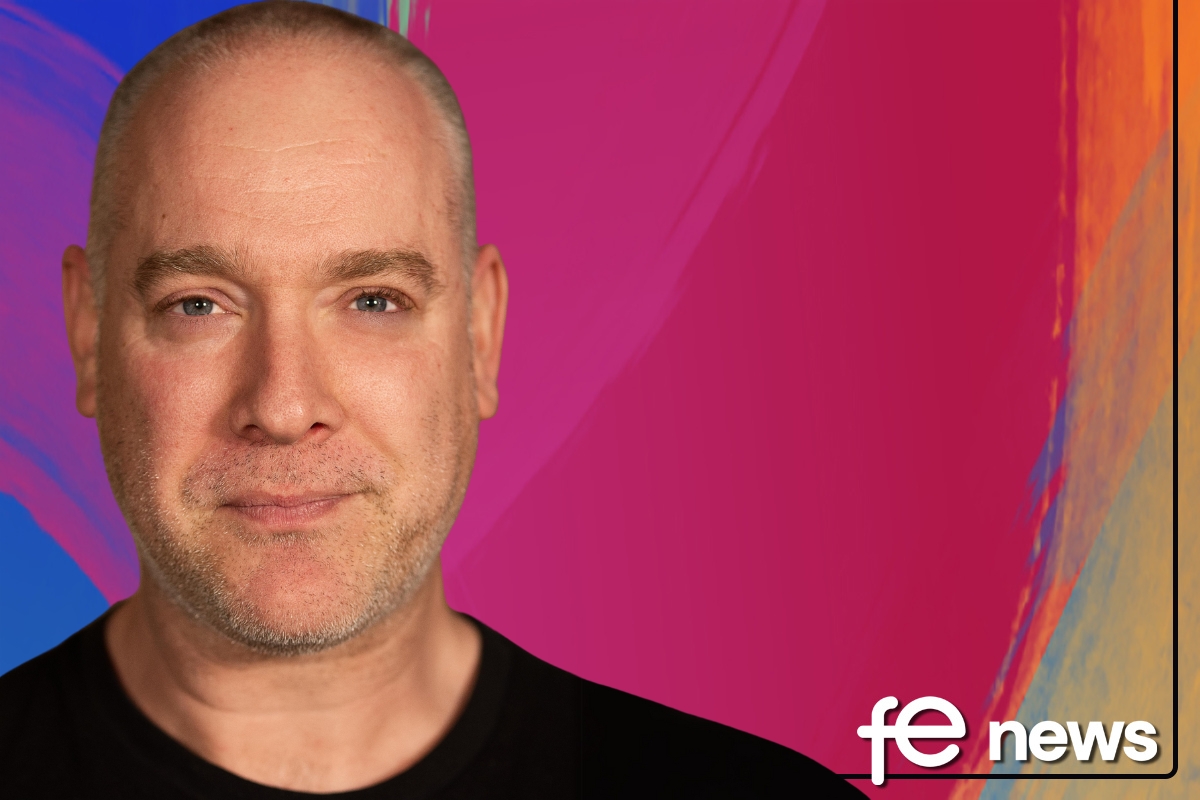
The annual EdTech event, Bett Show, may be well and truly behind us now but the buzz of all the inspiring talks we heard and innovative tech we witnessed on display continues to cause excitement within global education.
During the event, we saw everything from interactive whiteboards for the classroom, tech to transform how teachers plan and deliver curriculums, and products to make learning STEM subjects fun. The endless possibilities these technologies offer are reshaping the way our future generations can learn, how to make the lives of teachers easier and how creativity and imagination can open up so many opportunities.
For a second year, a team from Serif showcased our full creative software suite to teachers, education decision-makers and students, and we had some very positive conversations about how creative technology can assist in the classroom, and keep young minds thinking and working creatively. We want to help teachers inspire their pupils to tap into their imagination and use artistic license not just within their art lessons, but throughout all their school projects and coursework.
We believe that keeping an element of creativity within schoolwork can help young people keep thinking in this way throughout their learning years, and well into adulthood and their working lives too – whatever career they choose. There are so many careers that require an element of creative thinking, problem-solving and coming up with fresh ideas, and education brought up on using creative and design software can have a huge influence on that.
Bridging the digital divide
As expected, the use of AI technology within education led to a lot of the conversations at Bett 2024. Opening the event, Education Secretary, MP Gillian Keegan, spoke about the risks associated with AI and students using Chat GPT for coursework and how schools could use it for virtual teaching assistants to help with projects.
She introduced a new AI Safety Institute, which will ensure the UK and the rest of the world is not caught off guard by rapid and unexpected advances in technology. This shows that the government recognises the need for innovation and changing technology to help schools and support the curriculum and is finding ways of working with it, rather than seeing it as a barrier.
As our fellow exhibitors LapSafe stated, investments in education technology are one of the hottest topics within the sector as it has been proven that providing flexible learning with accessible devices can significantly enhance student learning and help bridge the digital divide.
And this is something that we also wholeheartedly believe to be true.
From tools to personalised learning for pupils to apps for lesson planning for teachers, it shows how advanced the learning space has become. It’s a far stretch from the one-dimensional textbook-based lessons from my school days or the one computer shared across the whole school.
Things are certainly advancing fast in the edTech space and there’s room for us all. It just helps students to perform better and for educational institutions to support them better.
Cultivating creativity
At Serif, we want teachers to understand the importance of harvesting creativity at a young age and how an education incorporating design can impact so many elements of a child’s learning and skills that they later take into the workforce. Our Affinity suite of products, which includes photo editing, graphic design and page layout software, is equipped with all the tools educators need to develop their digital literacy skills and cultivate creativity.
It’s simple to use, has flexible licensing and is perfectly priced for tight educational budgets, which can often be a huge barrier to schools signing up for new technologies.
The Design & Technology Association has already been guiding us on how they want to see software development in universities and colleges for the next generation of architects and engineers, and if they’ve already been using software like that at school it will only help them pick it up much quicker in higher education and the workplace.
Funding has been a challenge for schools for many years and it continues, but investment in tech can have huge benefits in the long run. There are so many solutions available that can help schools and other education establishments keep their costs down, and spend their money more positively.
The feedback we receive from schools is that pupils pick up our software quickly and still achieve high-quality, professional results while learning to communicate in more creative ways.
The Future
Inspiring creativity and encouraging everyone to tap into their creative capabilities is so important and we’ve seen evidence that it can help with the mental wellbeing of young people too.
In a report last year, we highlighted how a decline in creative subjects being taught in schools could lead to skills shortages in professions such as graphic design, as well as a lack of diversity if pupils from socially disadvantaged backgrounds are excluded from them.
Teachers we surveyed said a pupil’s enjoyment of school suffers most if they can’t develop their creative skills, and just under a fifth (18%) of the 4,000 teachers we spoke to said pupils’ mental health would be impacted too. The wider impacts are huge.
As a nation, we need to have more investment and a focus on creativity. We want schools and educators to see it as more than just being artistic in class or knowing how to draw well. It’s about thinking outside the box for new ideas and being imaginative with problem-solving, and these creative skills learnt at school can be used in many different career disciplines.
By Nick Birch, head of education licensing at Serif, developers of the Affinity creative software.


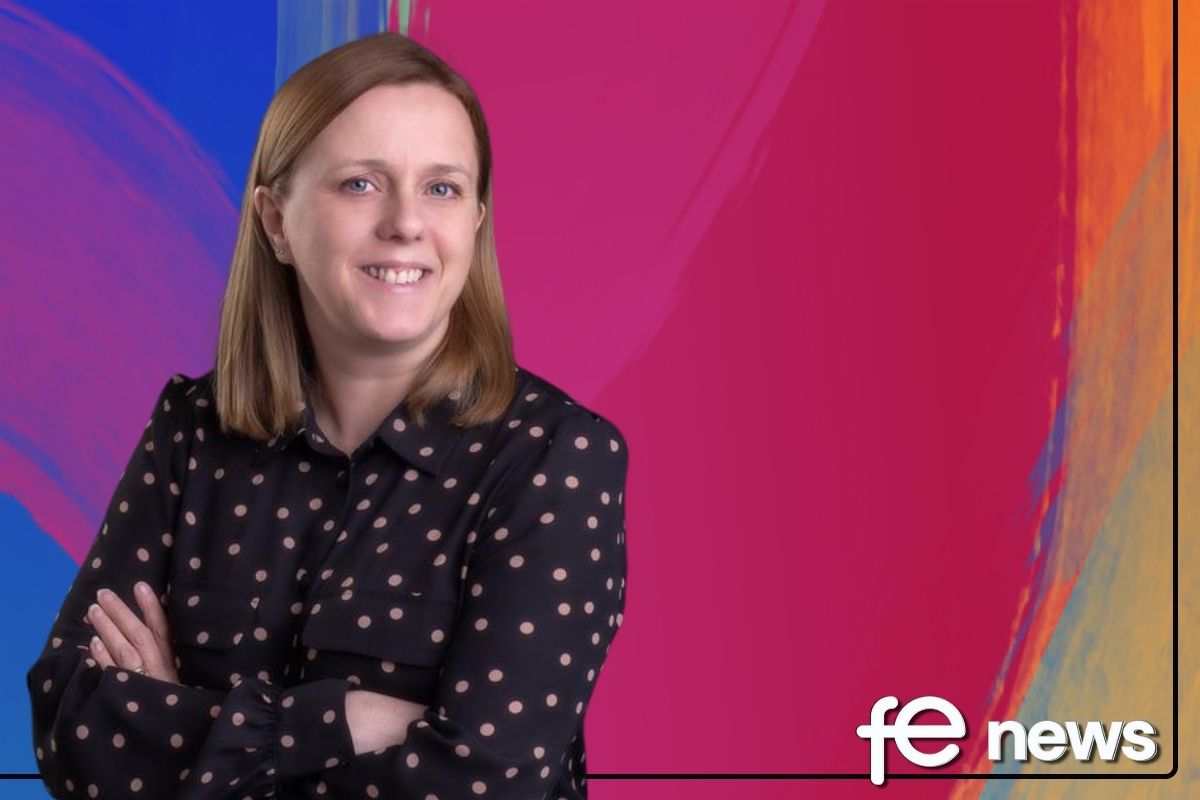

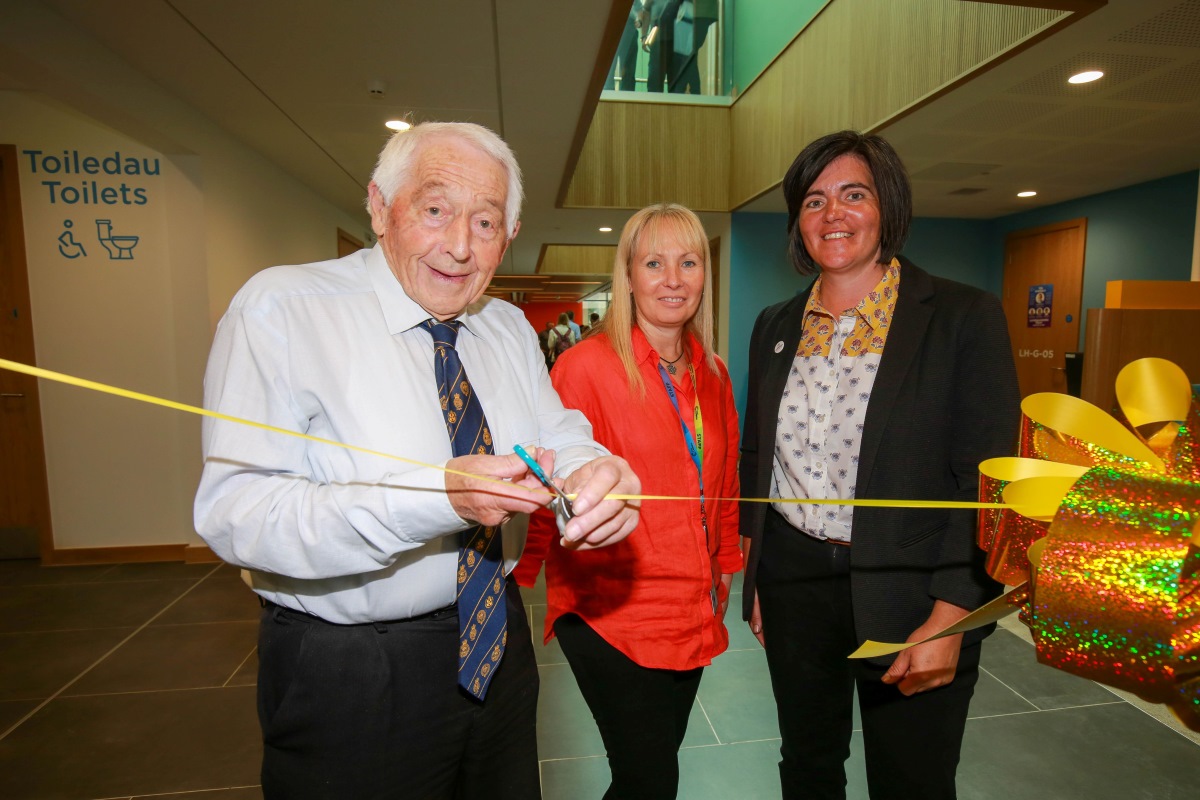
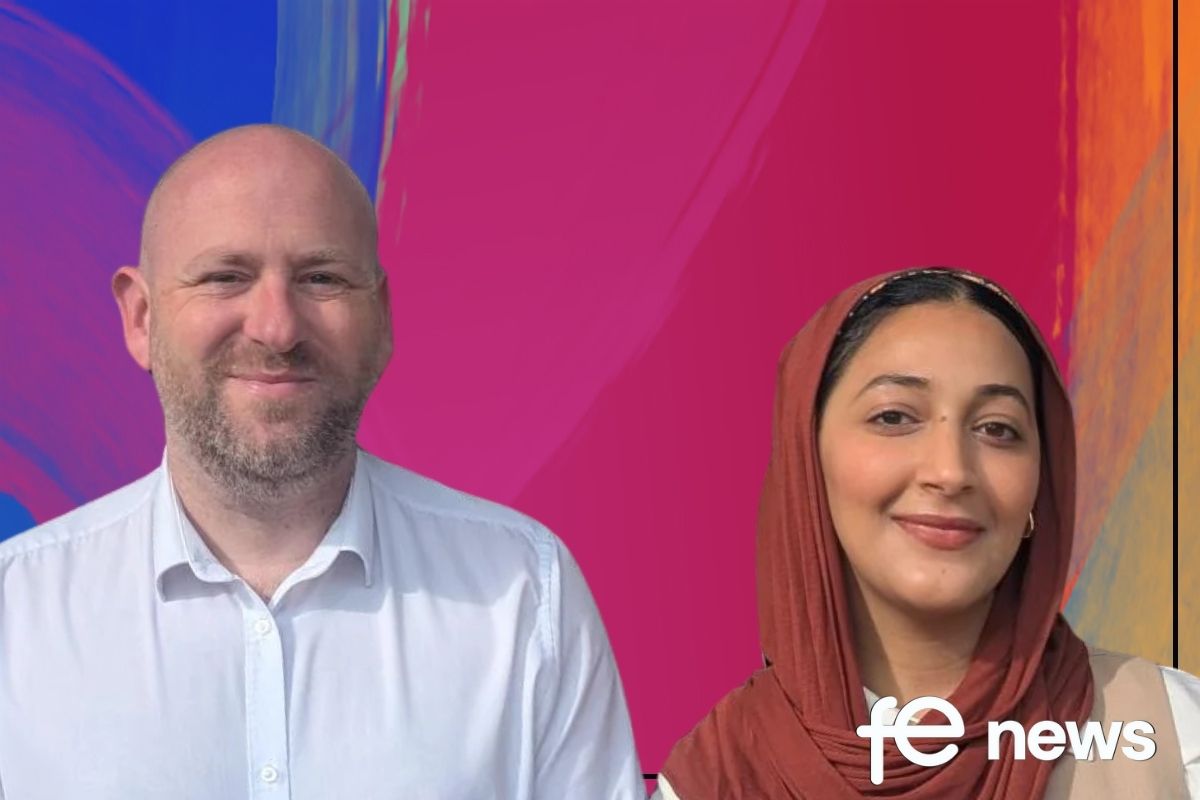

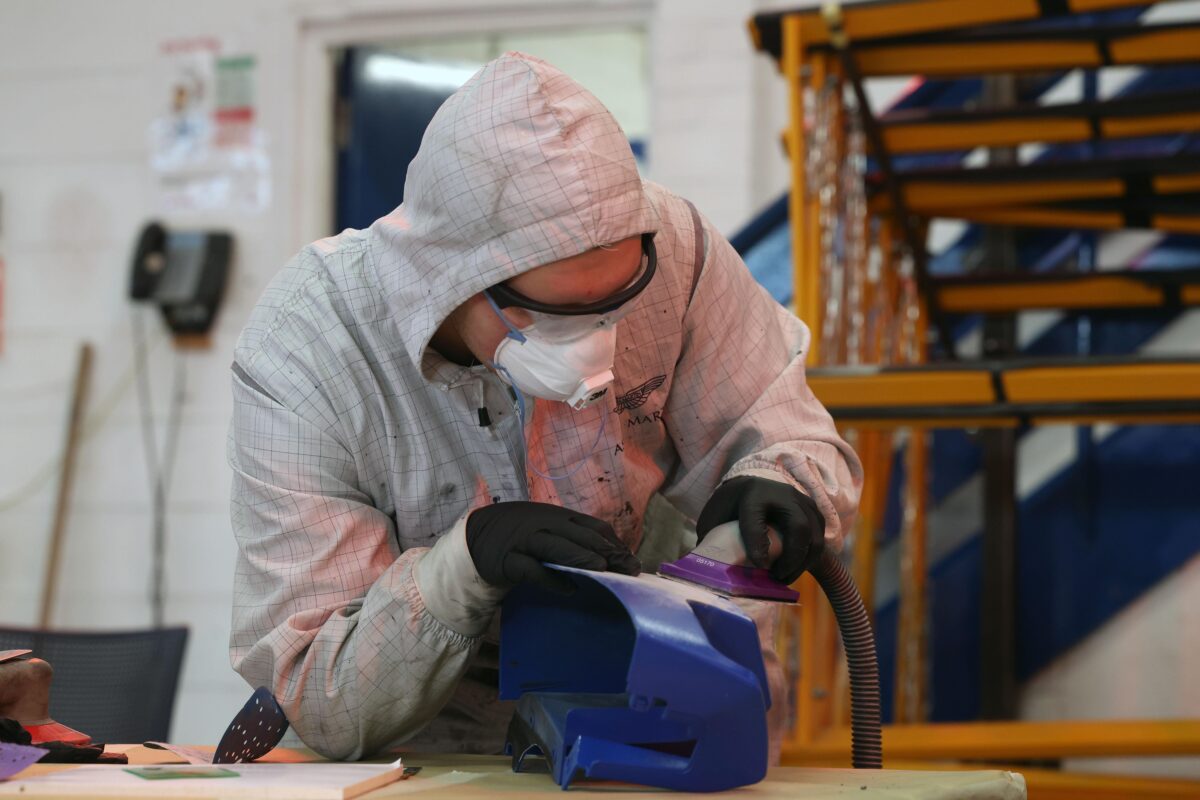

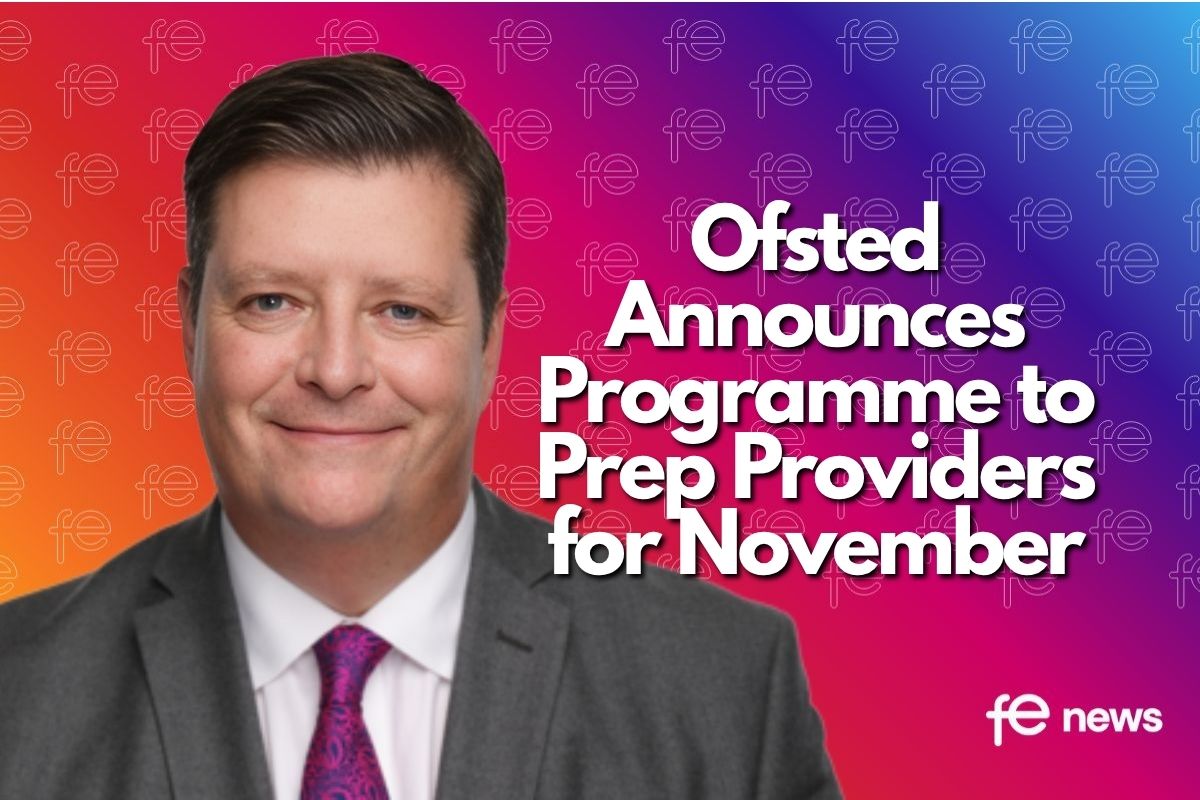
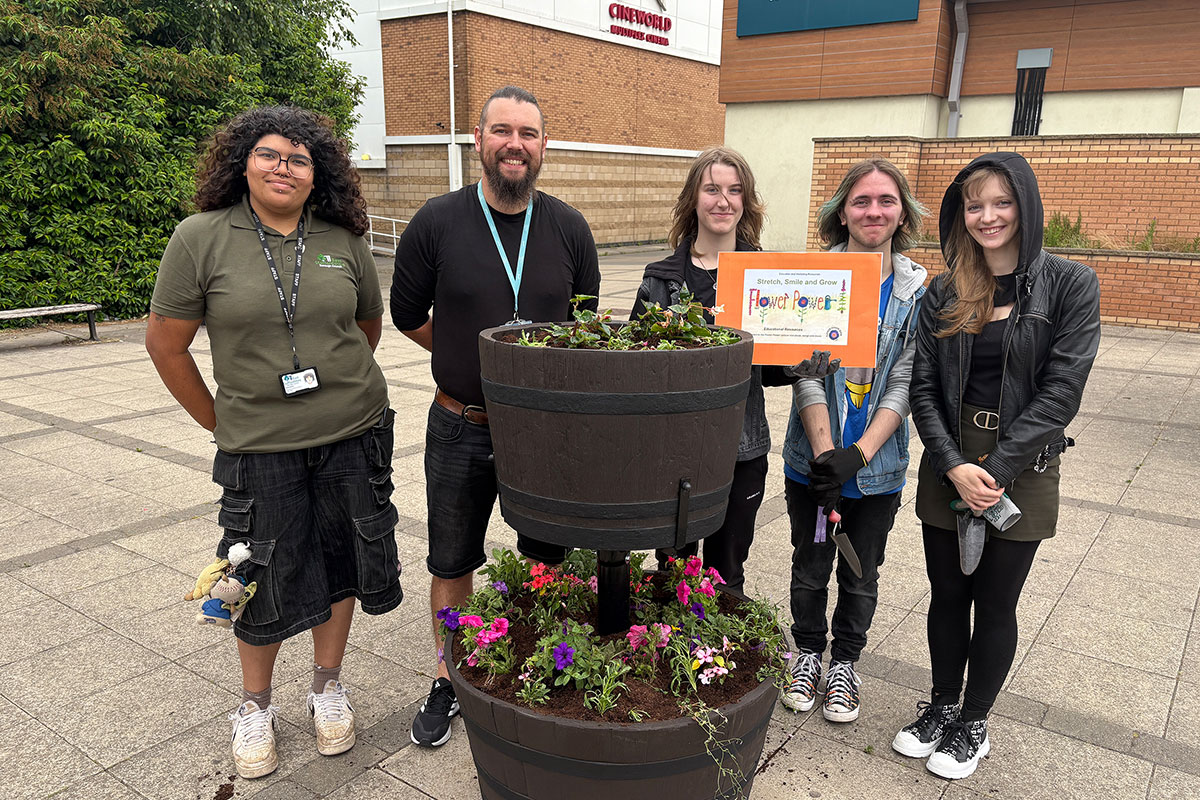

Responses